Key findings
If we want to maintain an adequate supply of PI insurance, action is required to de-risk the industry and reduce the likelihood of claims.
The insurance industry operates on the principle that it insures the ‘unforeseen risk’. Insurers assess and price various risks to work out how much they would need to pay out if an insured suffered a loss for something covered by the policy. This helps the insurer determine the amount to charge for insurance.
To be able to put a financial value on a risk, insurers calculate the risk probability. Given the size of the losses and unprofitability of PI insurance, it is clear that the risk ratio must be re-evaluated. The hardening in the market is evidence that this re-evaluation has begun.
In the construction sector, principals and contractors have been shifting the risks associated with construction and infrastructure projects by relying on the insurance policies held by consultants to address any claims. This needs to be addressed urgently to ensure that PI insurance remains available at an affordable premium and provides a reasonable amount of cover to those businesses that need it.
Recommendations for our sector
- Ensure that projects are appropriately scoped before being released into the market for pricing and seek target cost pricing with pain/gain model as an incentive
- Adopt digital solutions that bring the parties together to drive efficiency and reduce risk
- Ensure that tender timelines are not truncated to allow for risk assessment workshops with all parties involved
- Reduce multiple layers of insurance by exploring options to insure projects to achieve a fair outcome for all parties
- Actively manage project risk by establishing standard contract terms that drive collaborative behaviour, innovation, allocate risk to the party best able to handle it and have a focus on early problem identification and solutions
- Reform the ‘value for money’ proposition used by governments to a ‘whole of life’ standard, to ensure that capital cost at the outset is not the overriding factor to unlock to whole-of-life efficiency and best for project outcomes
- Increase the understanding of client advisors about the consultant’s role and legal obligations as a professional exercising a duty of care, and the connection between this duty and the availability of insurance cover
What can you do?
Review the report and share it with your clients and their advisors so they understand the challenges posed by the PI insurance market.
In short, change is needed to ensure that the market remains viable for all parties. ACE New Zealand will be working closely with CEAS to ensure progress on this issue.
Read the Professional Indemnity Insurance Market Challenges report (PDF 3.7 MB)
We’d like to acknowledge Consult Australia and AON New Zealand for sharing their information, resources and knowledge in developing the report.
